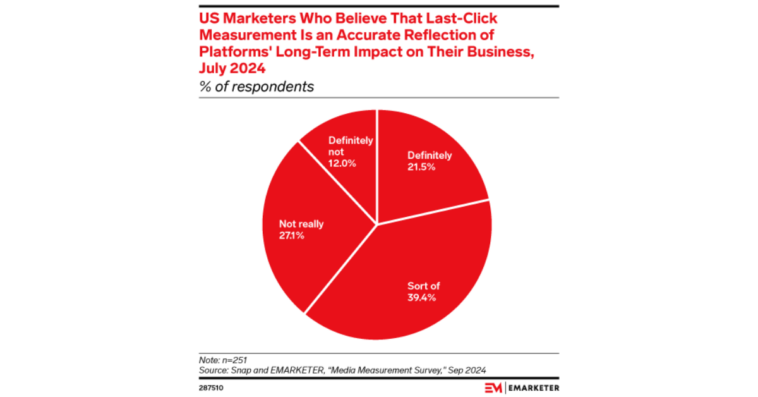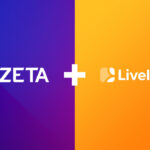As digital advertising continues to evolve, the reliability of last-click attribution is increasingly under scrutiny. According to a recent survey conducted by eMarketer in collaboration with Snap, only 21.5% of marketers believe that last-click attribution provides an accurate reflection of a platform’s long-term impact on their business. This low level of confidence highlights the growing dissatisfaction with traditional attribution models and signals a shift towards more comprehensive and nuanced methods for measuring campaign success.
Last-click attribution has long been a standard metric in digital marketing, focusing on the final interaction a consumer has with an ad before making a purchase. However, this method overlooks the broader customer journey, ignoring the influence of earlier touchpoints in the decision-making process. As consumers interact with brands across multiple platforms and devices, marketers are beginning to realize that last-click attribution fails to capture the full scope of these interactions.
The eMarketer survey revealed that a staggering 74.5% of marketers are either already moving away from last-click attribution or are considering doing so. The growing complexity of the digital ecosystem, where consumers engage with ads on social media, search engines, websites, and apps, has made it clear that a single-click attribution model no longer suffices. Marketers are now looking for ways to better understand the cumulative impact of their marketing efforts, recognizing that last-click data presents an incomplete picture.
In response to the limitations of last-click attribution, many marketers are turning to more sophisticated measurement tools. The survey indicated that media mix modeling (MMM) and incrementality testing are becoming popular alternatives. Media mix modeling offers a broader view by analyzing how different channels work together to drive results, providing insights into the relative effectiveness of each channel. This model helps marketers allocate their budgets more efficiently and optimize their campaigns for long-term success.
Incrementality testing, on the other hand, measures the actual lift that a specific marketing effort delivers by comparing exposed and unexposed audiences. This method allows marketers to isolate the impact of individual campaigns and assess whether they are truly contributing to conversions. By adopting these advanced techniques, marketers are moving towards a more holistic understanding of how their advertising efforts influence consumer behavior over time.







Comments
Loading…